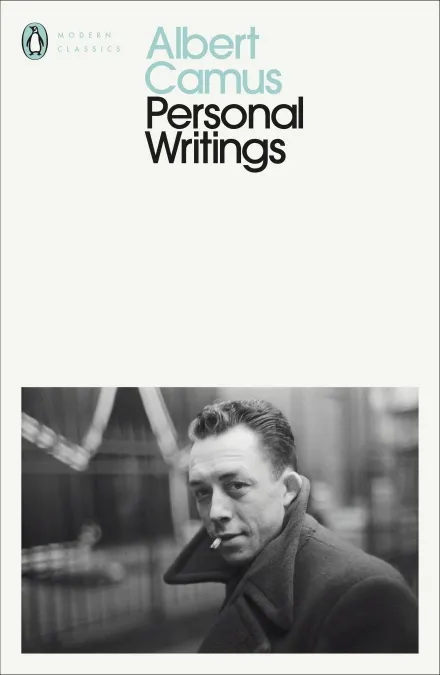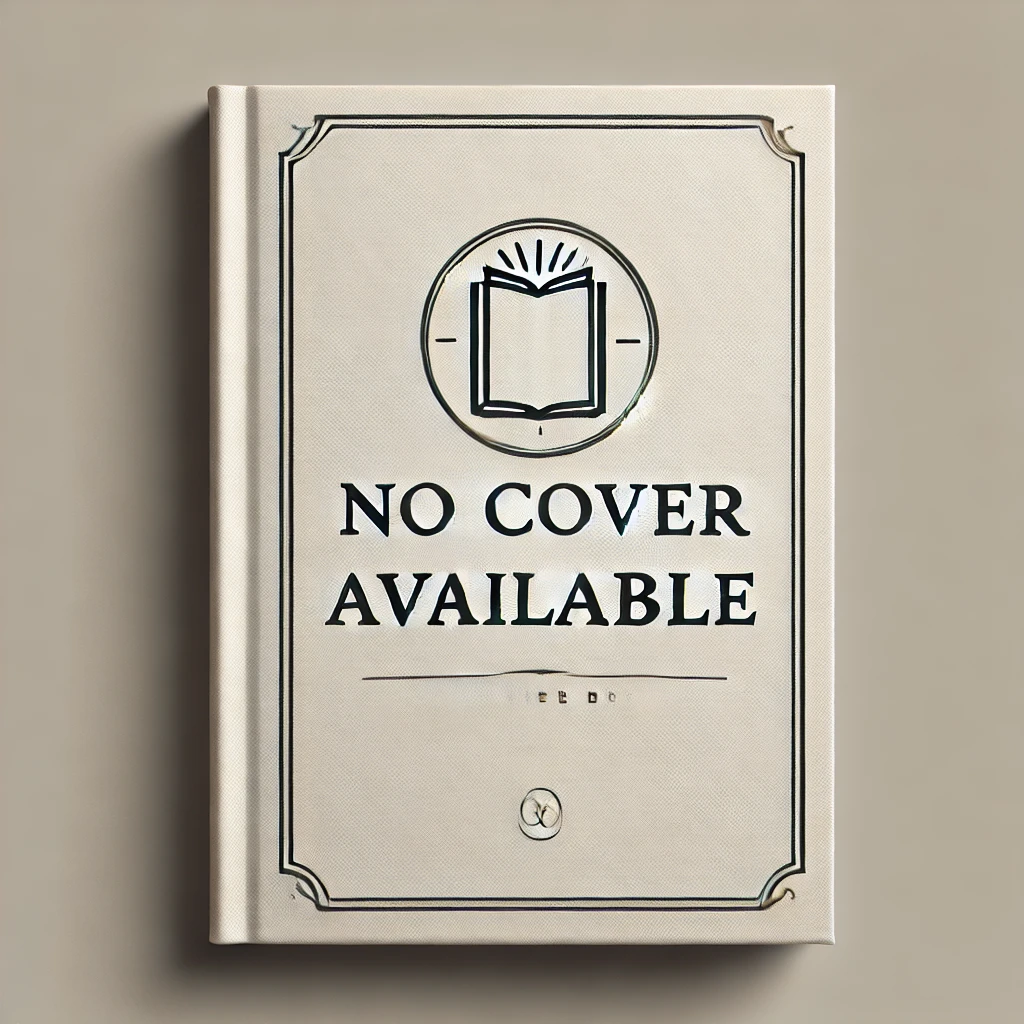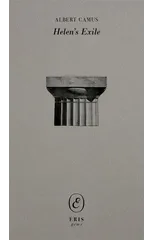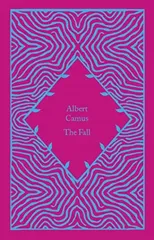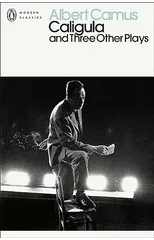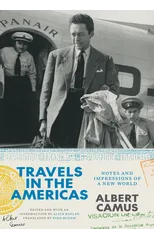This volume contains some of Camus' most intimate writing, as he reflects on his identity and childhood in Algeria and celebrates the beauty of the Mediterranean. The Wrong Side and the Right Side, Camus' first book and most openly autobiographical work, describes his early years in a working-class neighbourhood in Algiers and includes memorable portraits of his mother, grandmother and uncle. Nuptials rejoices in the sun, landscape and sea, and the physical and spiritual freedom they offer to even the poorest. And in Summer Camus evocatively depicts the sunlit cities of Algiers and Oran.
Albert Camus
Albert Camus was a French-Algerian writer, philosopher, and journalist known for his contributions to existentialism and absurdism. His most notable works include "The Stranger," "The Plague," and "The Myth of Sisyphus." Camus' writing style is characterized by its clarity, simplicity, and exploration of the human condition in the face of a meaningless universe. He won the Nobel Prize in Literature in 1957 for his powerful and thought-provoking works. Camus' impact on literature can be seen in his ability to capture the essence of existential themes and challenge societal norms. "The Stranger" remains his most famous work, exploring themes of alienation, absurdity, and the search for meaning in a world devoid of inherent purpose.
